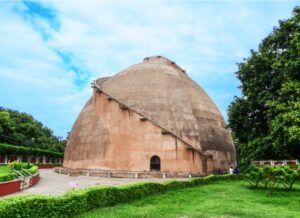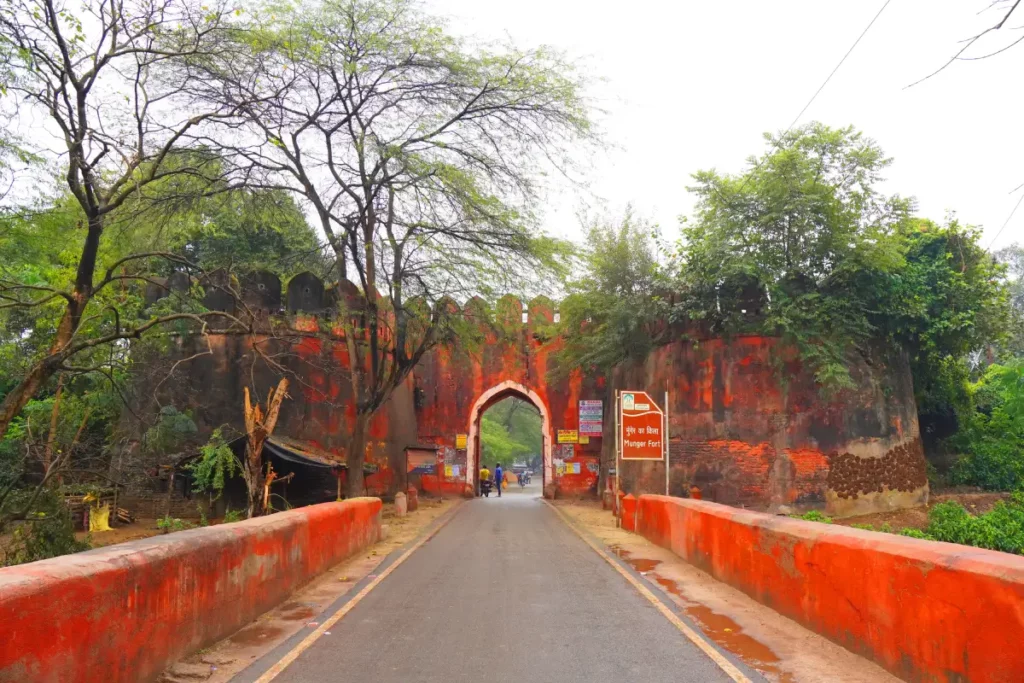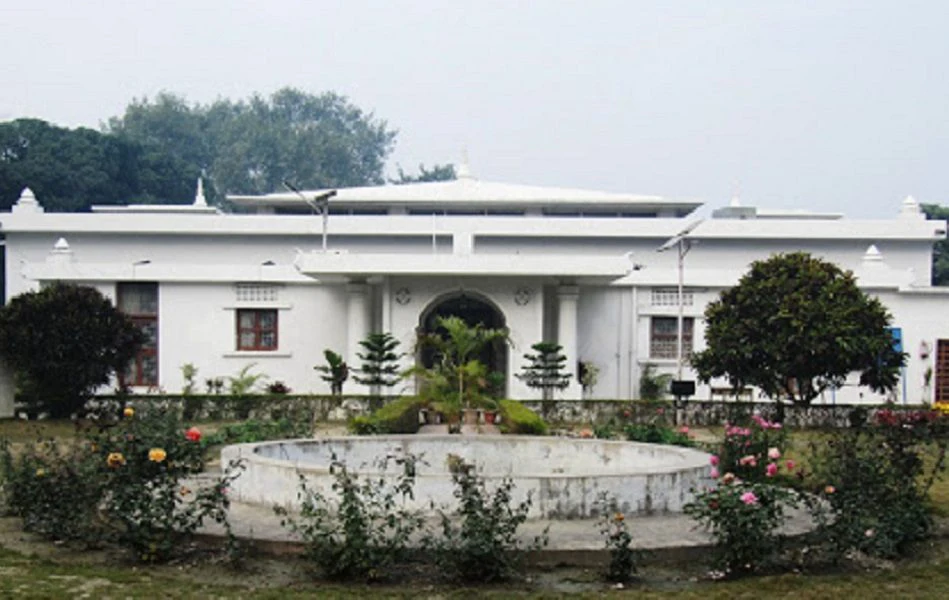GolGhar, meaning “Round House,” is a unique and historical granary located in the city of Patna, Bihar, India. With its impressive architecture and significant historical value, GolGhar stands as a symbol of India’s rich heritage and serves as a popular tourist destination.
History of GolGhar
Construction and Purpose
GolGhar was built in 1786 by Captain John Garstin, a British engineer, during the reign of British East India Company in India. The primary purpose of its construction was to address the recurring problem of famine in the region and store surplus grain in times of plenty, ensuring food security during times of scarcity.
Influence of Granaries in India
GolGhar was part of a broader system of granaries that existed in India to mitigate the impact of famines. The architectural design of GolGhar was influenced by traditional Indian granaries found in other regions, showcasing a blend of British engineering principles with Indian craftsmanship.
Architecture and Design
Unique Features of GolGhar
GolGhar’s most striking feature is its massive and cylindrical shape, which resembles a beehive. The structure is constructed entirely of brick and lime, making it an engineering marvel of its time.
The Spiral Staircase
A prominent feature of GolGhar is its unique double spiral staircase, designed to allow workers to ascend and descend without obstruction. The staircase is a testament to the careful planning and foresight that went into the building’s architecture.
Ventilation System
GolGhar’s ingenious ventilation system, with small windows at regular intervals, helps maintain a consistent airflow, keeping the stored grains cool and dry. This system played a crucial role in preserving the quality of the stored grains over extended periods.
Importance and Significance
Food Grain Storage
GolGhar played a vital role in storing large quantities of food grains during surplus years, ensuring that the excess produce was available for distribution during times of famine or scarcity. This system proved to be a lifeline for the local population during challenging times.
Tourist Attraction
Today, GolGhar is not only an important historical structure but also a popular tourist attraction. Visitors from across the globe come to witness the architectural brilliance and learn about its historical significance.
Stories and Legends
Folklore and Local Tales
GolGhar, like many ancient structures, has its fair share of folklore and local tales associated with it. These stories add an element of mystery and intrigue to the grandeur of the building, making it a captivating destination for those who love history and storytelling.
Restoration and Preservation Efforts
Challenges and Successes
Over the years, GolGhar has faced challenges due to weathering and neglect. However, restoration efforts have been undertaken to preserve its historical value. Various organizations and government bodies have contributed to these efforts, ensuring that the structure continues to stand tall as a symbol of India’s architectural heritage.
GolGhar Today
Current Usage and Functions
While no longer actively used as a granary, GolGhar serves various purposes in the modern era. It has been transformed into a venue for various events, exhibitions, and cultural programs, showcasing its versatility and adaptability.
Visiting GolGhar
Location and Accessibility
GolGhar is conveniently situated in the heart of Patna, making it easily accessible to both local and international visitors. The central location ensures that tourists can easily include it in their itinerary while exploring the city.
Operating Hours and Tickets
The monument is open to the public during specific hours, and visitors can purchase tickets on-site or online. It is advisable to check the operating hours before planning a visit to avoid disappointment.
Unique Experiences
Views from the Top
For those who venture to the top of Gol Ghar, breathtaking panoramic views of Patna and its surroundings await. The awe-inspiring vista provides a unique perspective of the city’s landscape and historical landmarks.
Surrounding Attractions
GolGhar’s location in Patna offers visitors the opportunity to explore other nearby attractions, such as Mahavir Mandir, Patna museums, Srikrishna Science Centre, Kumhrar Park and markets, immersing them further into the rich cultural heritage of the region.
Conclusion
GolGhar, with its awe-inspiring architecture and historical significance, remains an emblem of India’s resilience and ingenuity in addressing challenges of the past. As a testament to the collaboration of British engineering and Indian craftsmanship, this magnificent granary stands tall, welcoming curious travelers from all corners of the world.
Frequently Asked Questions
Yes, it is open to the public during specified operating hours.
Gol Ghar played a crucial role in storing surplus food grains during abundance, ensuring food security during famines.
Yes, visitors can climb to the top and enjoy panoramic views of Patna and its surroundings.
It is conveniently located in Patna and can be easily reached via various modes of transportation.
After visiting GolGhar, you can explore other nearby attractions like historical sites, museums, and local markets to experience the city’s vibrant culture.
Image Gallery




Fresh Reads for You: Discover Our Recent Blog Posts
Munger Fort: History, images, and best time to visit
Standing majestically on a rocky hillock along the southern banks of the…
Jagdishpur Fort: Reliving History Amidst Majestic Ruins
Nestled in the heart of a serene landscape, Jagdishpur Fort stands as…
Dwarkadhish Temple Chapra: A Marvel of Artistry and Faith
The celebration of Krishna Janmashtami resonates across India, and Chapra’s Naini village…
14 Must-Visit Tourist Places in Rajgir for an Enriching Journey
Rajgir, a city in the district of Nalanda, invites you to traverse…
Mandar Hill: A Spiritual Journey to Serenity
Nestled in the Bounsi, Banka district under Bhagalpur division of state of…
Kanwar Lake: Exploring Asia’s Largest Freshwater Oxbow Lake
The Kanwar Taal, also known as Kabar Taal Lake or Kabartal Wetland,…
Ruins of Vikramshila University: Unveiling an Enigmatic Past
Nestled in the serene landscapes of ancient India, Vikramshila University stands as…
Vikramshila Gangetic Dolphin Sanctuary: Bihar’s Aquatic Treasures
Nestled along the pristine banks of the Ganges River, the Vikramshila Gangetic…
Vaishali Museum – Unveiling the Treasures of Ancient Bihar
Nestled in the heart of Vaishali, a town steeped in history and…
Buddha Relic Stupa Of Vaishali: Exploring the Serene Beauty
Vaishali, a place of deep historical significance and spiritual resonance, houses a…


















